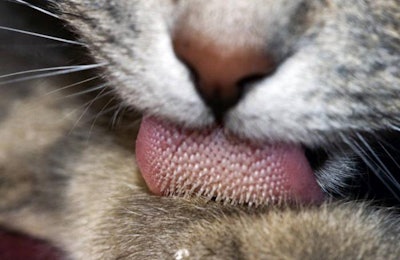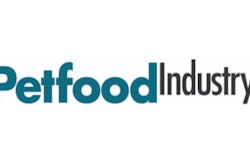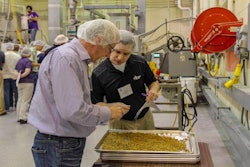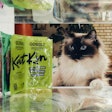
Opertech Bio, a business offering a pioneering approach to measuring taste, has announced the issuance of US Patent No. 9,841,897, the company’s second US patent encompassing its proprietary high-throughput sensory discrimination technologies.
“We have recently signed Master Services Agreements with some of the world's largest and best known food and beverage, consumer healthcare, and pharmaceutical companies,” said Scott Horvitz, Opertech’s president and chief executive officer, in a press release. “Our TāStation (Taste+Station) technology is the first automated high throughput system for rapid characterization of taste sensory properties. The TāStation system dramatically reduces the reliance on traditional taste panel testing and the associated expenditure of resources in time and costs. TāStation enables our customers to make informed decisions, which can lead to accelerated timelines,” he said.
Details of the TāStation system
The TāStation includes a portable work station with an automated high throughput system for delivering small samples in rapid succession to a subject. The TāStation system has the capacity to determine the taste characteristics of a hundred samples in less than an hour. An individual can be trained through an interactive algorithm, which operates like a game, to make responses on a touch sensitive monitor that are dependent on the subject’s ability to detect and distinguish taste stimuli. Responses are rewarded with an incremental point system that incentivizes sensory acuity. The subjects are focused on the game and may not even be aware that their taste sensitivities and preferences are being recorded.
The large data sets generated by the TāStation system are amenable to sophisticated computational and analytic tools not practical for the limited information from traditional taste assessment. Among the many advantages that result are vastly reduced errors, greater precision in detecting taste effects, improved consistency and predictive value of test outcomes, and the ability to more quickly and broadly test across a diversity of human subjects.
Other advancements in pet food palatability
Other recent advancements in pet food palatability testing include electronic sensors, called e-tongues and e-noses. These could aid in pet food palatability assessments, new product development, quality control and other dog and cat food production processes, Federica Cheli, PhD, professor of animal science at the University of Milan told Petfood Industry.
“This could reduce costs for smaller pet food companies,” she said. However, scientists still need to establish certain parameters to calibrate the electronic sensors to dogs’ and cats’ preferences, she noted.













